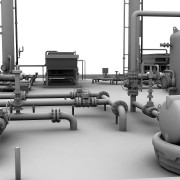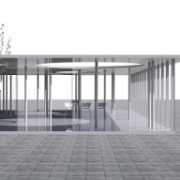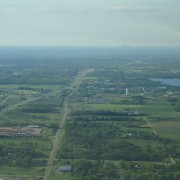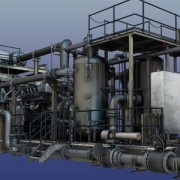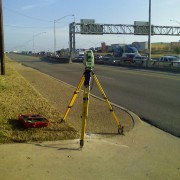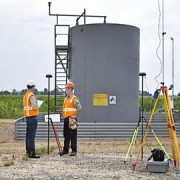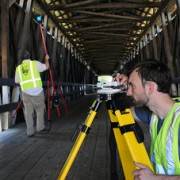Tips for Getting Detailed 3D Models of Your Site
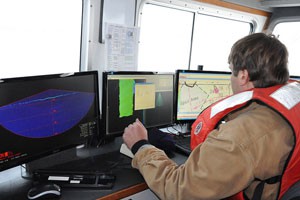 There are many reasons why construction companies might choose to create 3D models of their sites, including using the models for pre-project planning, as-built drawings, and ensuring that quality assurance measures are being followed. No matter how you’ll be using your 3D models, it’s important that they be accurate and precise in order for you to get the best results from them.
There are many reasons why construction companies might choose to create 3D models of their sites, including using the models for pre-project planning, as-built drawings, and ensuring that quality assurance measures are being followed. No matter how you’ll be using your 3D models, it’s important that they be accurate and precise in order for you to get the best results from them.
Accurate and precise 3D models are dependent on collecting complete data from your site. In this post, we’ll cover what it takes to get complete, accurate and precise data, which in turn helps ensure that your 3D models are a true representation of the site. Follow the tips outlined here, and you’ll be able to get 3D models that meet your needs, no matter what those needs may be.
Tip 1: Make sure your surveyor offers 3D land surveying
3D laser scanning is one of the most advanced land surveying technologies in existence today, and working with a partner that knows how to properly take advantage of this advanced technology is one of the most important factors involved in getting good results for your 3D models.
Here’s how 3D land surveying works: a series of scanners let out thousands of individual laser bursts every second. The laser beams then bounce off the building or terrain that’s being surveyed, before returning back to the scanner. The scanner then tracks the phase shift and time of flight for the individual beams. The results of the thousands of different laser beams are combined into a single point cloud, allowing the land surveyor to form an extremely detailed depiction of the building or terrain as it actually exists.
Insist on a land surveyor that provides 3D laser scanning, and you’ll get better site representation as a result in the 3D models.
Tip 2: Use aerial scans, if possible
Aerial scans are another example of a technology that has greatly increased the accuracy at which scanning data can be gathered. In fact, aerial data scans have developed to the point where scans can be performed at a resolution of 1 centimeter per pixel.
Aerial scans are performed using unmanned aerial vehicles (UAVs), which are also commonly known as drones. Today’s UAVs can be equipped with high-resolution cameras, and the ability to relay data back to a data management portal. In addition to providing extremely detailed scans, UAVs also contribute to quicker scans, and a safer work environment. When land surveyors don’t have to cross difficult terrain in order to do their jobs, they can get their jobs done quicker, and at less personal risk.
Tip 3: Request that your 3D model be fully textured
The technology behind 3D models has come a long way in recent years, and it shows in the significantly improved details of what today’s 3D models can convey. In years past, companies were lucky if they could get a basic wireframe and a few texture-less shapes on their 3D models. While today, 3D models can now pick up on many different details, including things like colors and textures.
Depending on how you intend to use your 3D models, this level of detail can really make a difference. For things like project planning, having this level of detail is nice, but may not be essential. However, for things like training and marketing, it can make all the difference in the world, as these are the kinds of settings where you really want people to get a realistic view of what it is they’re looking at.
To learn more about 3D land surveying and how to get the most detailed, accurate, and precise 3D models possible, contact us at Landpoint today.
Image by : New York District

